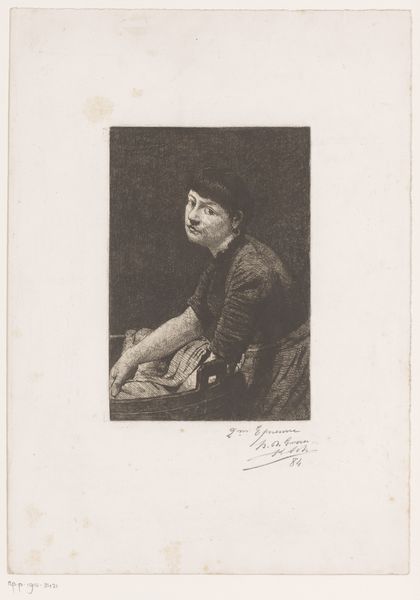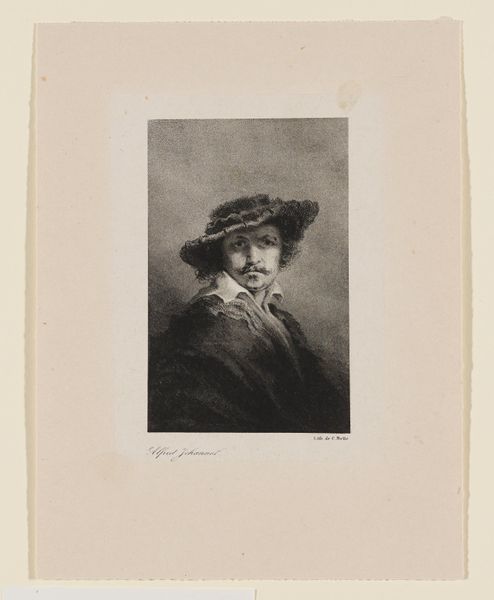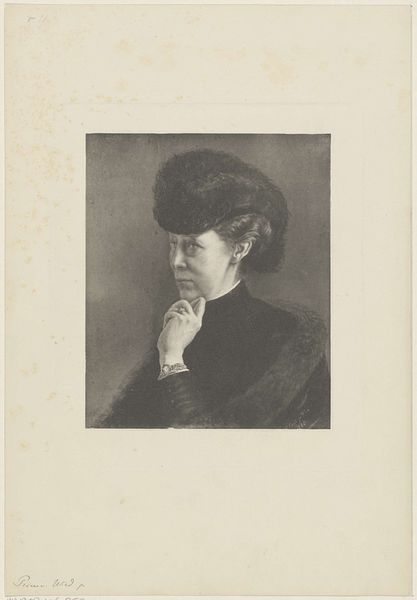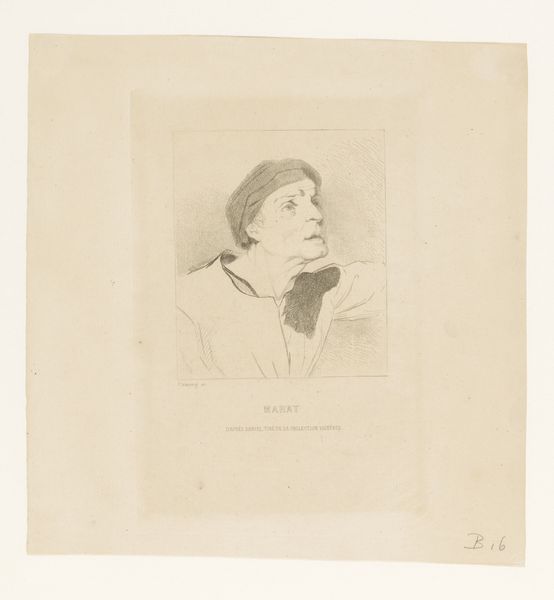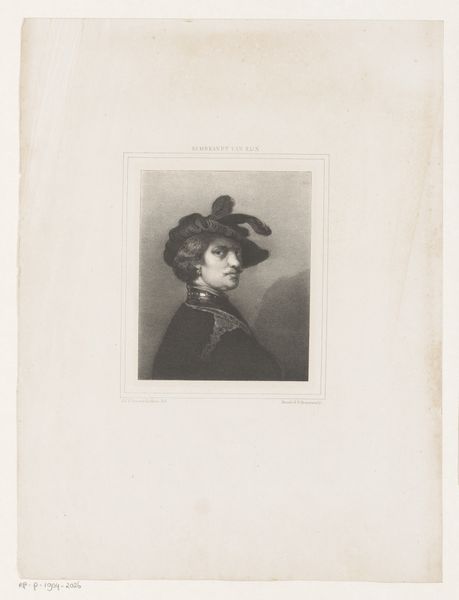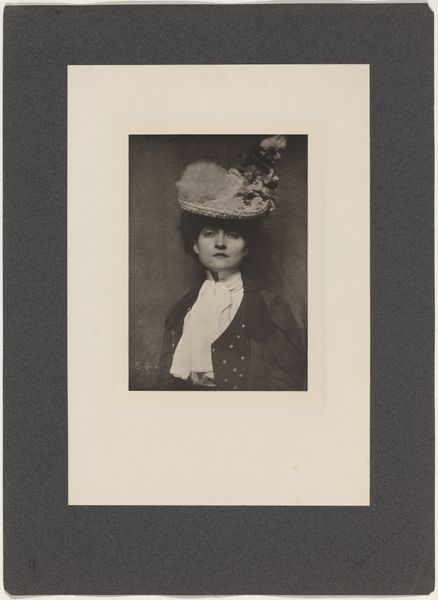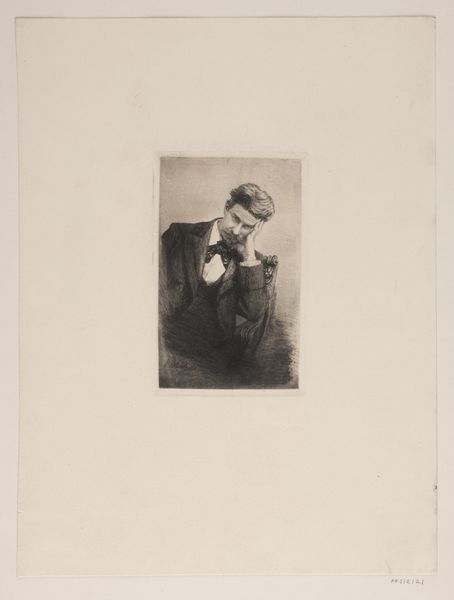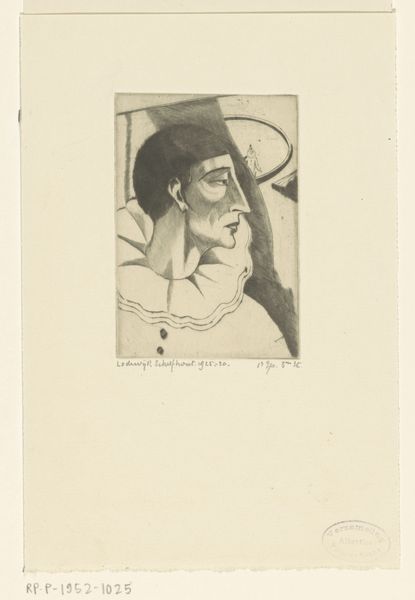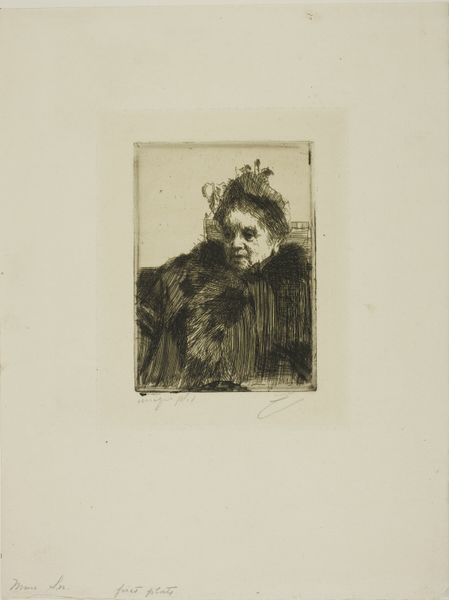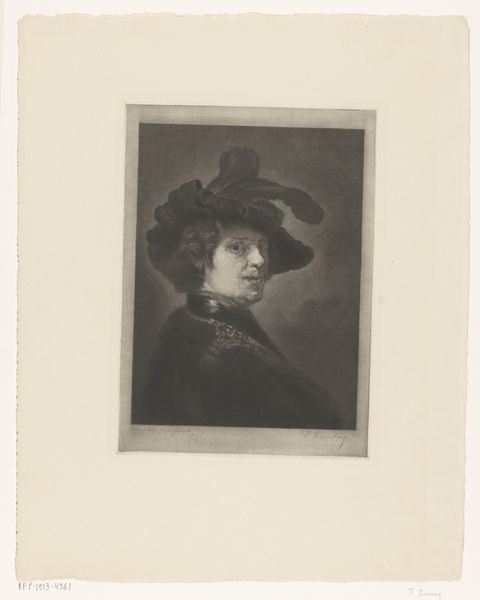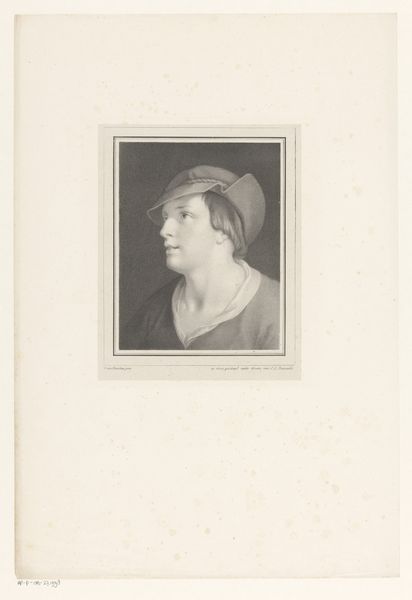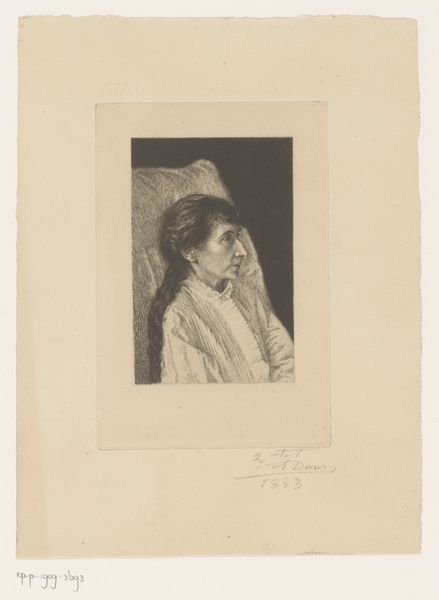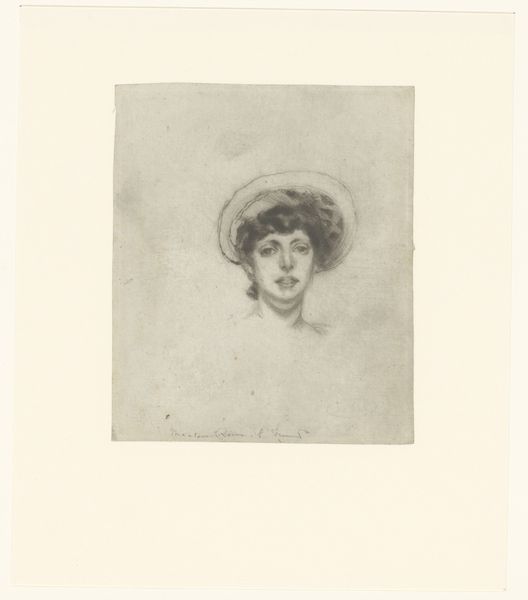
drawing, engraving
#
portrait
#
drawing
#
caricature
#
portrait reference
#
portrait drawing
#
engraving
#
portrait art
#
realism
Dimensions: height 412 mm, width 317 mm
Copyright: Rijks Museum: Open Domain
Curator: This is "Jongeman met bontmuts," or "Young Man with Fur Hat," an engraving by Teodoro Viero from 1774. It resides here at the Rijksmuseum. Editor: My initial impression is one of intensity. The subject's gaze is piercing, almost suspicious, and the dense, almost chaotic hatching technique gives the whole image a very textured, weighty feel. Curator: Let's consider Viero's artistic background. As an engraver operating in 18th-century Venice, his livelihood depended on reproduction and distribution. This print likely served as a model, readily accessible to other artists or students learning the craft. Editor: So it's less about Viero's personal expression and more about providing a visual resource? I’m thinking about the use of line – is it about efficiently rendering form or perhaps also about establishing a visual vocabulary for aspiring artists? Curator: Precisely! Note how Viero utilizes varying line weights to simulate light and shadow, creating depth on a two-dimensional plane. Consider too the paper and the ink - how widely available and inexpensive were they for dissemination. The hat, so prominent, feels tactile because of this mastery. Editor: I can definitely see the focus on realistic depiction. The rendering of the fur, the wrinkles around his eyes – it’s incredibly detailed. Was there an existing demand for studies such as this, contributing to the evolution of portraiture, perhaps outside formal commissions? Curator: Certainly, prints broadened the sphere of portraiture. While it is difficult to say how widely these types of works were accessed, prints played an integral role in circulating and popularizing visual styles and physiognomic study. We must remember too, where was this print viewed and kept? Did it exist as a single work on display or as part of a larger collection of pedagogical tools? Editor: A fair point! It pushes us to reconsider not just what we see, but also how art functioned within a social context of education and accessibility. Curator: Examining Viero’s print compels us to see the complex material reality of art in the 18th century and question our inherited definitions of creativity and artistic influence. Editor: Indeed, stepping back, I see not just an artwork, but also a key artifact in the dissemination of artistic techniques and the shaping of visual culture of the era.
Comments
No comments
Be the first to comment and join the conversation on the ultimate creative platform.
